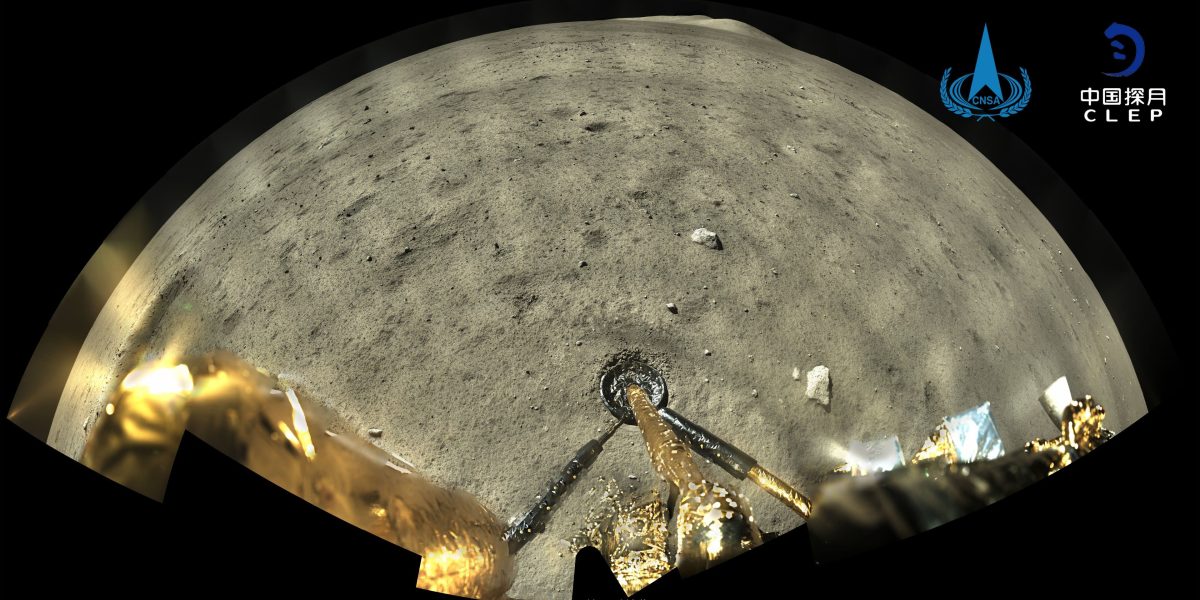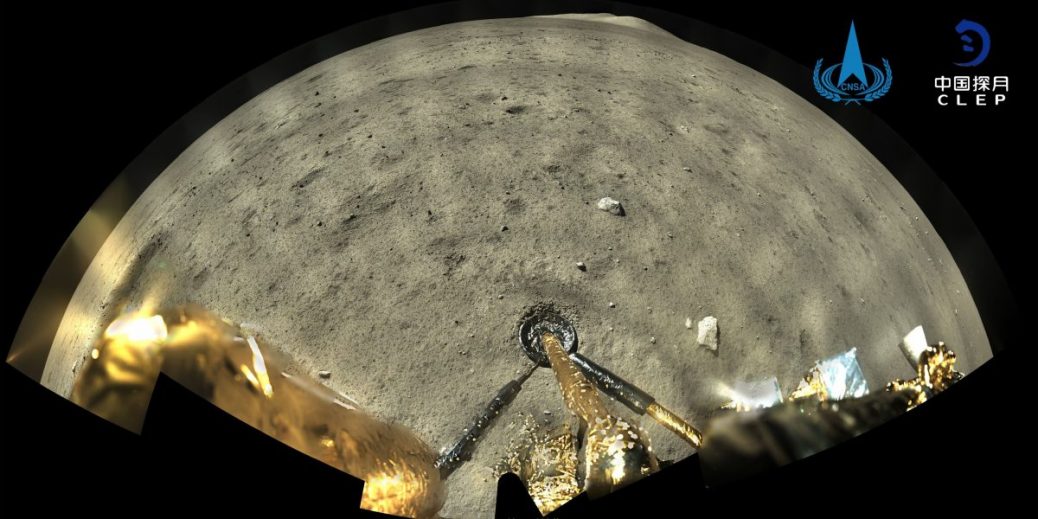
New science awaits: While Apollo-era moon rocks are estimated to be about 3 to 4 billion years old, the material collected by Chang’e 5 is from a site in the northwest region of the moon’s near side called Mons Rükmer. This area was formed more recently, and the rocks here are thought to be only about 1.2 billion years old. That means scientists studying the material could learn more about the evolution of the moon and test out new techniques for estimating the age of geological samples from other planets, moons, and asteroids.
China’s big day: The Chang’e lunar program, which includes two deployments of lunar rovers to the moon’s surface, has been remarkably successful. Although Chang’e 5 was a short mission, it’s one of the most complicated projects undertaken by the Chinese space program so far. The country is far from done with the moon—Chang’e 6, a second lunar sample return, is slated to launch in 2023 or 2024.





Recent Comments